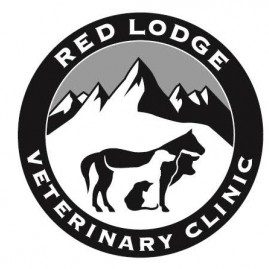It’s a beautiful sunny spring afternoon, the snow is finally melting and it’s warm enough to go riding without so many layers that you can’t get on your horse. You sneak out of work an hour early and make a beeline for the pasture to catch your horse. As you approach the gate you can see that something is wrong. “Lucky” is not standing at the gate to meet you as usual, instead he is in the middle of the pasture, head down and blood gushing from a wound on his leg.
This is an unfortunately common scenario. Horses are accident prone animals. Emergencies ranging from lacerations and wounds to episodes of colic are quite common and often times require immediate emergency veterinary care to create the most promising outcome. Below are a few helpful tips and pieces of information that will greatly help your veterinarian assess the situation and guide you through the steps of getting the horse safely and quickly to the veterinary clinic.
If there is a wound
- Stop bleeding – cover the wound with baby diapers, bandage wraps, gauze or towels. Secure in place with vet wrap or duct tape. Even if bandages soak through quickly, don’t remove them; simply add more bandage over top.
- Do not move the horse more than is absolutely necessary- try to get a horse trailer as close to the horse as possible. If the horse has to walk, make sure that the wound is covered as best as possible to avoid dirt and debris.
- Perform a quick exam – take a deep breath and look at the horse
- Attitude- alert, responsive, looking around or quiet, head hanging
- Flip the horses lip up and press your finger to the gum just above the front teeth. The gum should be a pale pink and moist. When you press, the gum should blanch to white and return to pink in less than 2 seconds.
- Heart Rate – use your stethoscope or place your hand over the left chest wall just behind the horses elbow. Count heart beats for 15 seconds and multiply by 4 to get beats per minute. Normal for a horse is 36-48 heart beats in a minute.
- Breathing rate – watch the horses flank and count how many times he breathes over 30 seconds. Normal is 10-30 breaths/min
- Gut sounds (only important if you think the horse is colicking)- if you have a stethoscope listen for digestion (toilet flushing sounds) on either side of the horses belly and along the back between the horses ribs and flank. You should be able to quickly and easily hear sounds.
- Now, call the veterinarian and explain to them what is going on with the horse. Your vet will be very appreciative of the above information and have a clearer picture of the level of emergency. S/he will ask you several more questions and formulate a safe next step treatment plan for you and your horse.
